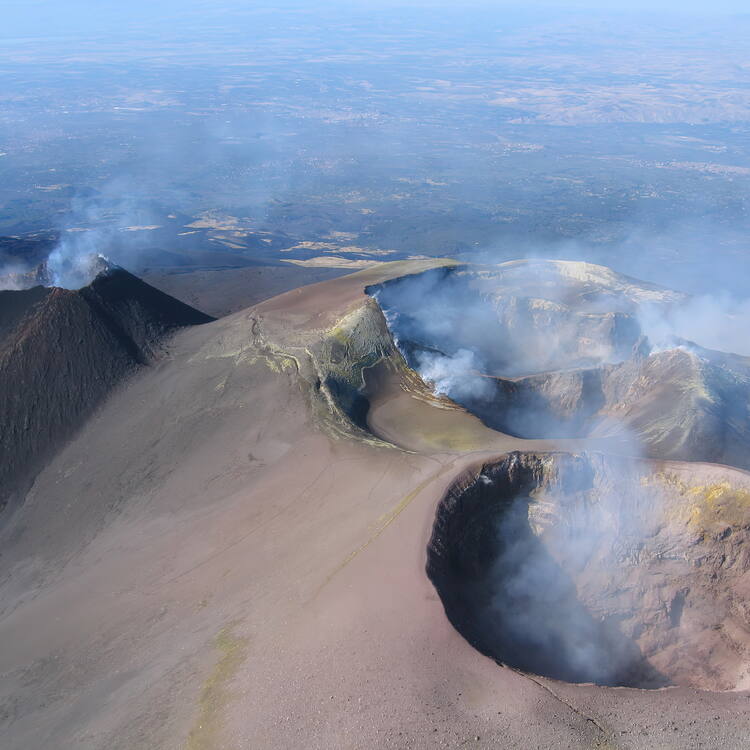Introduction to Mount Etna
Mount Etna, known as Mt Etna, is not just any volcano; it is Europe’s most active and the largest volcano in Italy, located on the eastern coast of Sicily. This magnificent natural wonder stands at approximately 3,329 meters high, although its height can fluctuate due to ongoing eruptions. For millions of years, Mt Etna has captivated geologists, tourists, and locals alike with its powerful eruptions and rich biodiversity.
The Geological Wonders of Mt Etna
As a stratovolcano, Mt Etna is primarily built up by layers of lava flows, volcanic ash, and other volcanic debris. Its complex structure makes it an intriguing subject for scientists studying volcanology. The current activity at Mt Etna is attributed to its positioning along the boundary between the African and Eurasian tectonic plates, which allows magma to rise through the Earth’s crust, resulting in eruptions that range from effusive to explosive.
Over the centuries, scientists have extensively studied the volcano, resulting in numerous theories about its formation, behavior, and ecological impact. Researchers from various institutions strive to understand its eruptions better to predict future events and enhance safety measures for those living nearby.
Rich Ecosystems Around Mt Etna
The area surrounding Mt Etna boasts a vibrant ecosystem, influenced by the volcanic soil’s nutrient-rich composition. This unique environment has fostered a diverse range of flora and fauna, making it a key area for ecological studies. Visitors can enjoy lush forests, rare plant species, and a variety of wildlife, adding to its allure as a natural destination.
The slopes of the mountain are home to several endemic plants, such as the Euphorbia dilatata and the Etna broom, which thrive in the volcanic soil. Wildlife enthusiasts may also spot various bird species, including hawks and buzzards, making bird watching another popular activity in the region.
Cultural Significance of Mt Etna
Mount Etna is not just a geophysical marvel; it is deeply intertwined with local history and culture. The volcanic activity has shaped the livelihoods of the Sicilian people, influencing agriculture and even leading to the establishment of unique traditions and festivals. The lava from Etna has contributed to the richness of the soil, allowing local vineyards to flourish and produce famous Sicilian wines.
Furthermore, Mt Etna has been a source of inspiration throughout history, captivating artists, playwrights, and poets. Its ominous presence has been woven into local folktales, often depicted as a dwelling place for mythical beings and gods.
Visiting Mt Etna
For those considering a trip, visiting Mt Etna offers a unique opportunity to experience one of nature’s most formidable forces. The Volcano is accessible to tourists year-round, and various guided tours are available to explore its craters, hiking trails, and fiery beauty.
Smart travelers can choose from several activities, including:
- Hiking: Trails vary in difficulty, catering to everyone from casual walkers to experienced hikers. The paths reveal panoramic views and the spectacular landscapes shaped by eruptions.
- Cable Car Rides: Visitors can take a cable car ride to reach higher altitudes, providing stunning vistas of the surrounding areas.
- Wine Tasting: Experience the locally produced wines straight from the vineyards that benefit from Mt Etna’s rich volcanic soil.
- Winter Sports: During winter months, visitors can enjoy skiing on the mountain slopes, a rare experience in Italy.
Protecting Mt Etna
As a UNESCO World Heritage Site since 2013, Mt Etna is recognized not only for its geological significance but also for its cultural landscapes. Efforts to protect this natural treasure involve monitoring its volcanic activity and implementing safety measures for residents and tourists alike. The local authorities actively engage with environmental organizations to safeguard its diverse ecosystems and cultural heritage.
For more information about the significance of Mt Etna as a UNESCO World Heritage Site, click here: UNESCO World Heritage Site Listing.
Conclusion
The allure of Mt Etna is undeniable. With its scientific significance, breathtaking landscapes, and rich cultural heritage, it stands as a testament to the power of nature and the resilience of the human spirit. Whether you are an avid scientist, a history lover, or an outdoor enthusiast, Mt Etna offers an unforgettable experience, making it a must-visit destination in Italy.






